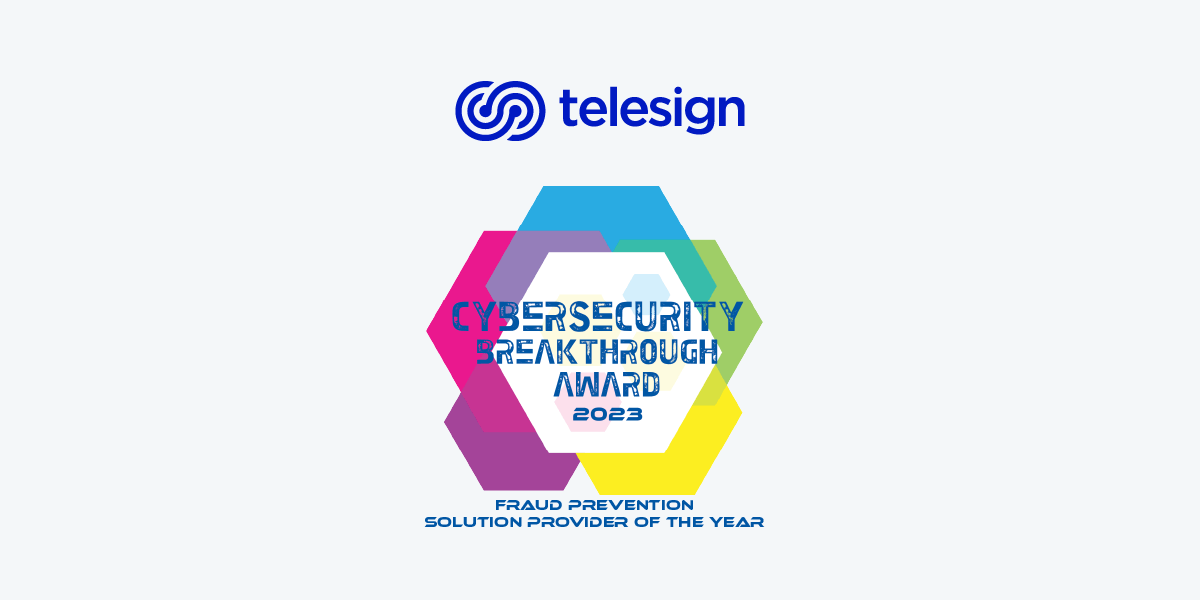
The importance of ROI & fraud prevention
As the global economy faces economic headwinds, profitability is top of mind for every business leader. With billions of dollars lost every year, businesses must fight back to protect their bottom line. And proving the ROI of fraud prevention investments has never been more important. Fraud, Trust, and Safety leaders should adopt a performance-driven mindset.
Customer impact is equally pressing
But what about your customer? Trust is precious and fragile. It’s exponentially easier to lose trust than it is to gain it. Customers are 7x more likely to buy from a brand they trust. When trust is lost, customers leave. 85% of consumers report they will avoid using a brand they distrust. For businesses, building a framework that’s anchored in trust is a necessity. With product teams laser-focused on increasing customer lifetime value while minimizing acquisition costs—keeping customers secure should be a top priority.
The short and long-term future of digital identity
What’s on the immediate horizon for digital identity? For the foreseeable future, there will continue to be a progression of parallel identity paths—biometrics, device intelligence, mobile identity, document verification, regulatory data, and more. Each of these identity pillars has its strengths and weaknesses, but a robust identity framework will help businesses scale. Passwordless authentication will continue to gain adoption and will be instrumental in helping combat fraud and identity challenges caused by data breaches today.
But what about the long term?
Bill Gates once said that we overestimate what will happen in the next 1-2 years and underestimate what will happen in the next ten. Self-sovereign identity (SSI), where an individual or business has ownership over their accounts and data, is a prime example. For the last couple of years, every keynote has talked about centralized identity, blockchain, web3, etc.

As panelists, we unanimously agreed the future of identity belongs in the hands of the user but agree it’s still not ready for global adoption. Self-sovereign identity lacks use cases. And getting the technology and infrastructure will take time to develop. There will be innovators and early adopters, but the challenge lies in penetrating the early and late majority. It’s coming but it’s 5+ years away.
In the short term, we can expect parallel identity paths to coexist and passwordless experiences to gain traction. Long-term, the future of digital identity may lie in self-sovereign identity, but challenges remain in realizing its full potential. For businesses and consumers alike, staying informed and prepared for evolving threats is key to staying one step ahead of fraudsters in our increasingly digital world.
MWC 2023 provided valuable insights into the state of identity and delivered strategies for businesses to mitigate fraudulent risks and protect their customers. As fraud continues to rise, it’s essential to adopt a multilayered defense that includes an array of identity attributes. Ensuring a strong ROI on fraud prevention efforts is crucial for business leaders, who must also prioritize maintaining customer trust.



